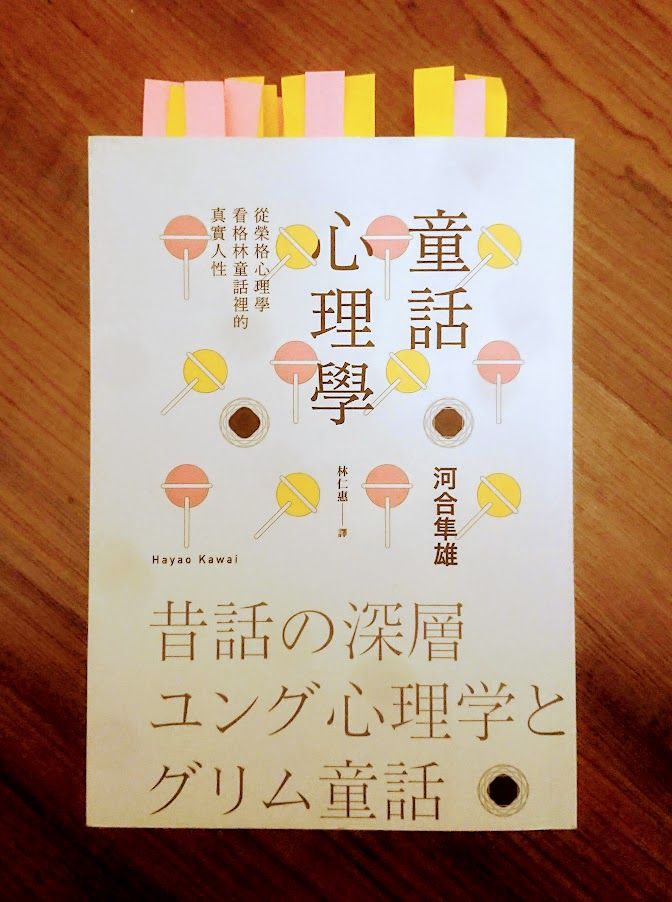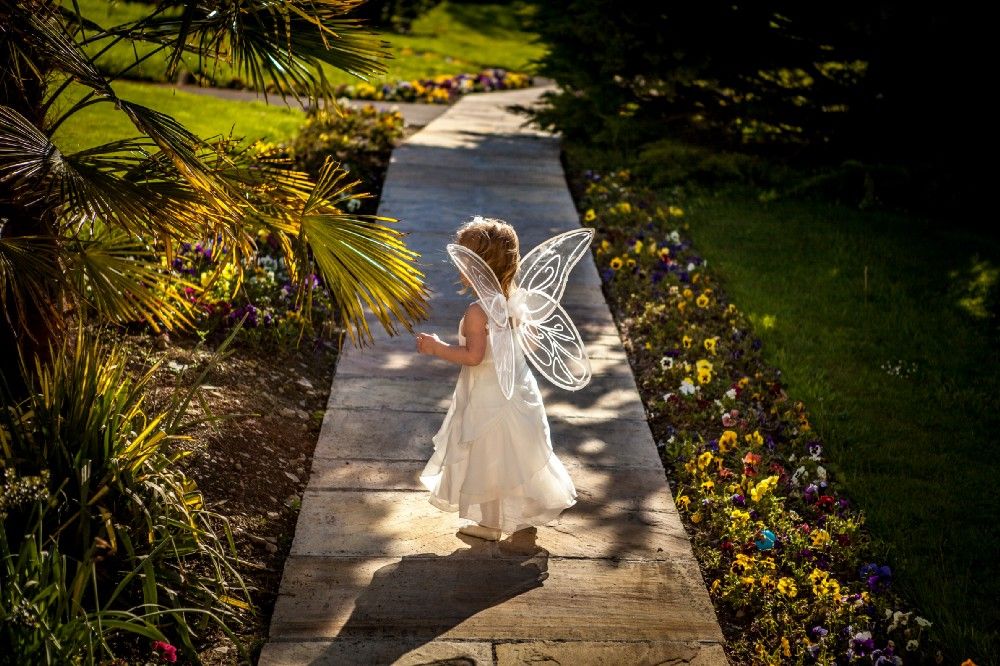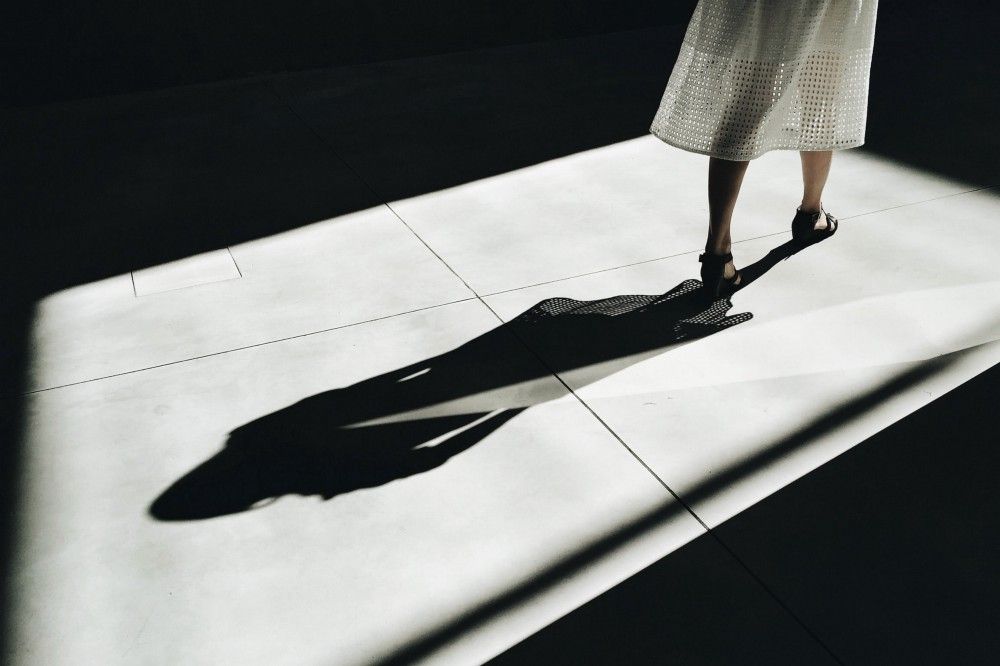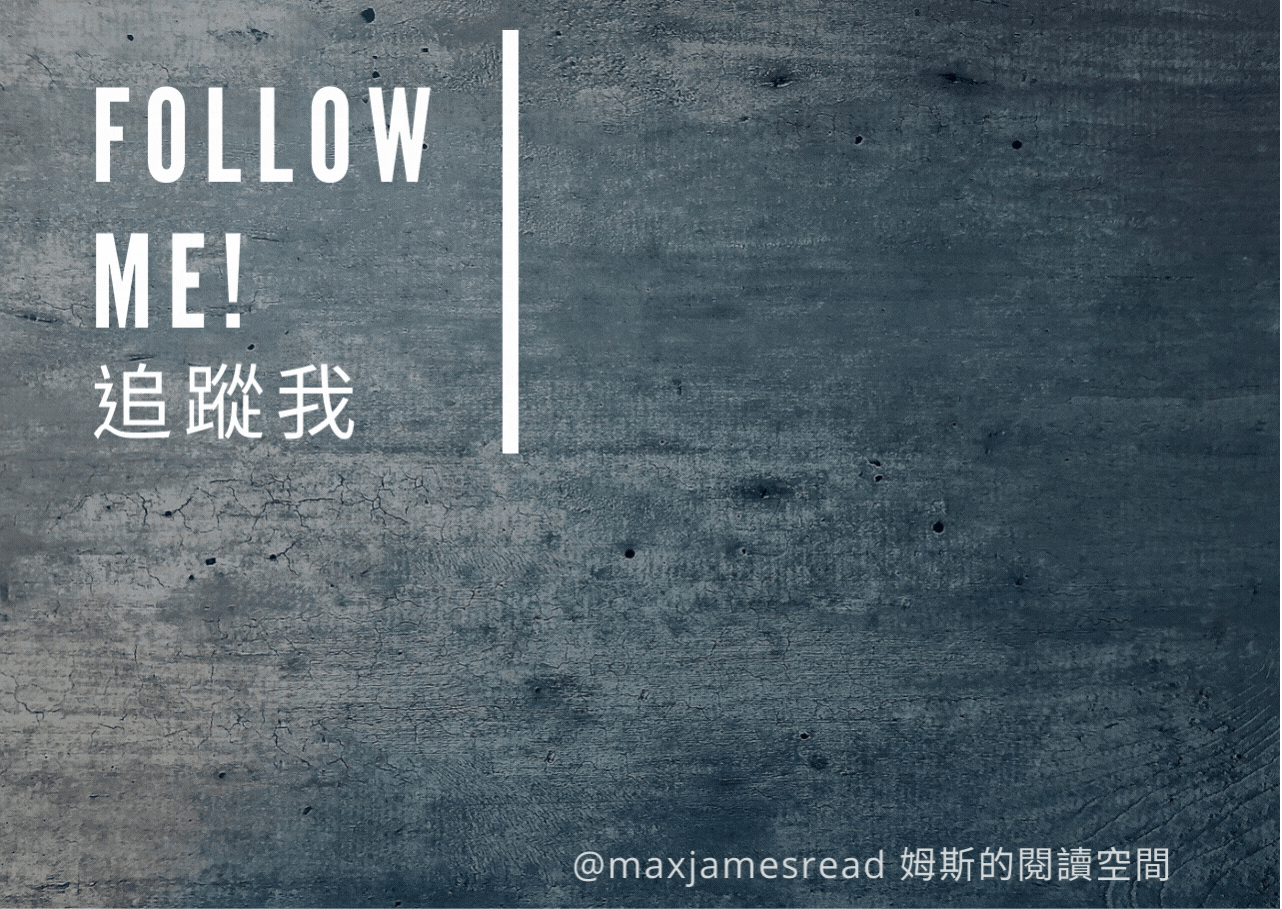
半導體外商的小小螺絲釘,遊走於廢青與社畜之間。熱愛閱讀,喜歡透過書本探索外在、內化自我。希望藉由書寫打開與世界交流的一扇窗。 個人部落格:https://maxjamesread.com/
"The Psychology of Fairy Tale": Open the door to the subconscious!

Do you remember the fairy tales you read as a child? Still have to tell the wonderful content of "Candy House", "Golden Bird" and other stories? The "Psychology of Fairy Tales" introduced today will not only make you reminisce about your childhood memories, but also take you to re-understand these fairy tales from the perspective of psychology.
The author Hayao Kawai is a clinical psychologist who loves fairy tales. In 1962, he went to study at the Jungian Academy in Switzerland to study fairy tales and founded Jungian psychotherapy after returning home.
The content of this book is assembled from his serialization in "Children's Hall" magazine. From the perspective of Jungian psychology, he analyzed 10 fairy tales that you and I have read, which are familiar but very fresh. Feel free to share some thoughts below.
【Fantastic fairy tale】
This book will put the full text of the fairy tale at the beginning of each chapter and then analyze it. I think it is a very thoughtful design. First, my childhood memories were already blurred. If the author spoke directly, I would probably have question marks all over my face. Second, when I was a child, I read the adjusted "children-friendly" version, which is actually quite different from the original version.
Although I have heard that I read the "domesticated" version when I was a child, the too cruel and bloody plots will be deliberately erased. But when I saw the original version, I was still frightened by its fierce and curious content.
The first thing I felt was that cruel, bloody face. For example, in "Mrs. Trude" at the beginning of this book, the passage when the girl was turned into firewood and was thrown into the fire was still shaking. And the story ends like this, there is no turning point...
For another example, in "Two Brothers", the twin brothers who were originally in love, the younger brother cut off his brother's head in anger because he heard that his brother slept in his bed, and it was too simple to see my jaw drop. direct……
In addition to these "not suitable for children" content, what amazes me is the plot that opens my brain and flips the Tone. If I want to talk about dancing Tone, I immediately think of it, it should be the film of Ye Peiwang Howhow, which can always give unimaginable flips. But I didn't expect these fairy tales to be even better than them.
For example, in "Hamil and Gretel" (also known as "Candy House"), a friendly white goose ran out to carry the brother and sister across the river; in "The Golden Bird", only the third prince was asked to put its head and The fox with its limbs amputated, the prince must feel that such a request has never been heard; and the plot of "Two Brothers" is even more reversed and constantly unpredictable, and the animal squeezing cycle in the middle is really laughing to death.
However, there is a deep meaning behind these novels. But before we discuss it, we have to talk about why fairy tales were born.

【Psychology and Fairy Tales】
Have you ever wondered why fairy tales are born?
The Swiss analytical psychologist Jung offered a rather interesting explanation. When he was helping patients with psychotherapy, he accidentally discovered that their dreams and fantasies had a lot in common with fairy tales. Therefore, he reasoned that in addition to the "individual" part of the human subconscious, there is also a "collective" part. That is to say, the human subconscious has a certain universality, which you and I have.
Using such a psychological perspective to analyze the birth of fairy tales, the following explanations can be drawn:
When someone has some archetypal experience, a story created to express that experience as much as possible. And because such stories have universality common to all human beings, they can transcend the times and spread immortal.
Compared with myths and legends, which are often associated with specific characters or places (such as the Yellow Emperor's battle with Chiyou), fairy tales are characterized by being separated from specific places and times, so they are more accessible to inner reality. For this reason, the Swiss literary theorist Greene said: "Fairy tales are the abstraction of reality."
And because fairy tales seem to be somehow connected to the human subconscious, this trait can be used for healing. The author mentioned that he often helps patients to look directly into their hearts and explore problems by letting them create "modern fairy tales".
The author said that human consciousness helps us create civilization, but if consciousness is completely removed from the soil of the subconscious, life will dry up instead. And fairy tales are playing the role of helping us move from the conscious back to the subconscious. Let us know more about the "archetypes" buried in the human heart.
We modern people "know" too much, so it is difficult to experience the things themselves.

【Self and Fairy Tales】
When you explain the birth of fairy tales from a psychological point of view, these wonderful plots will have different interpretations. Jung attached great importance to the process of psychological maturation that accompanies human growth and called it self-actualization. From this perspective, fairy tales can be analyzed as describing a certain stage in the process of human maturation.
This book considers the way of human existence through fairy tales, and to a certain extent, shows the process of self-realization in sequence.
If fairy tales are regarded as the expression of human inner world, then what the protagonist of the story shows is the "self" of human beings. Like the setting of two siblings and two protagonists in "Candy House", it can be regarded as a self-state in which the male and female characters have not yet been separated when they were young. In this way, the story of "Candy House" can be interpreted as dealing with the theme of the child's independence from the mother. how to say? Here we must first talk about the characteristics of motherhood.
The women who appear in fairy tales are either kind mothers or, like Mrs. Trud, a witch who turns girls into terrifying firewood, which is very extreme. And this image comes from people's worship of "Earth Goddess". Mother Earth is both the god of birth and the god of death. Therefore, "motherhood" has two sides, including both the positive side of giving birth and the negative side of swallowing everything to death.

The stepmother in "Candy House" is the negative trait of motherhood (throwing the child into the forest to die). As a result, the two brothers and sisters were forced to go into a world unknown to their parents, and finally set foot on the road of independence by overcoming the test of the more negative earth goddess, the witch in the candy house.
Trials themes like this often appear in fairy tales. One has to go through all kinds of experiments in order to change from a child to an adult. Like in "The Golden Bird", the prince is given a difficult job as long as he is caught by the king. Only by overcoming challenges and completing the work can you get what you want.
The twin brothers in Two Brothers are an interesting reference to the alter ego. Here we must talk about the two sides of the human heart. Jung called everything that a person denies and unacceptable to oneself "shadow". This is the dark side that everyone has. Therefore, the above-mentioned act of the younger brother cutting off the elder brother's head in a fit of anger is exactly the sudden outbreak of the repressed shadow side of the past.
But shadows are a hassle, but without them there is a lack of "humanity". As Jung said:
A living form must have a deep shadow to appear three-dimensional like a statue; if there is no shadow, it is just a flat phantom.
And shadows are actually very important to human growth. The younger brother in "Two Brothers" finally succeeded in obtaining redemption through self-consciousness of his own shadow.
Jung believed that in order to achieve self-actualization, the interaction between "self" and "self" is very important. The ego refers to the center of our consciousness system; the self is the center of the human mind. Therefore, the younger brother achieves a balance between himself and his own nature by looking directly at the shadow in his heart.
As stated in the book, we form the concept of "personal" in the process of interaction between consciousness and subconsciousness, and then practice the so-called self-realization.

【postscript】
This book was pushed into the pit by Chan Yuyue 's boss. At that time, he saw me buying "Hero with a Thousand Faces" and said kindly: "This book may be a bit hard. I suggest you read "The Psychology of Fairy Tales" by Hayao Kawai first. The result can only be said that the boss has a precise eye. "The Hero with a Thousand Faces" is pretty but it's a bit deep. And this book, the fairy tale itself, is very enjoyable to read, and the interpretation method using psychology is also quite interesting, which greatly opened my horizons.
I often feel that reading is like a key that helps me open doors to different worlds. After reading this book, the first place I want to set foot is "Grimm's Fairy Tales" (of course, the non-domesticated version). After all, the mystery of fairy tales has to be experienced in person in order to feel the most fun. Such as Jung's lover, Feng. Franz said:
No matter how much you explain the fairy tale in detail, it can't beat the fairy tale itself.
And another landscape I want to visit is Jung's psychological world. To be honest, in the process of reading this book, due to the unfamiliarity with the Jungian school, some of the content was still slightly difficult. But it also inspired me to explore Jung's theory of the subconscious. I will share it with you if I read it later.
In short, whether you want to get a glimpse of the wonderful "original" fairy tales, or want to know the deep meaning behind the grotesque content, this book will definitely satisfy you. Let's explore the world of fairy tales together!
Articles you may also be interested in:
- "The Room by the Sea": Cold and alienated but sharp and thorough, Huang Liqun's fantasy world
- "Doomsday and the Grim Realm": Get that heart back!
- "The Taming of the Sheep": A Travel Investigator in Tibet

↓↓You are also welcome to follow the Facebook and mourning of "Mrs's Reading Space"↓↓
James' reading space FB
James' reading space IG
Like my work?
Don't forget to support or like, so I know you are with me..
Comment…